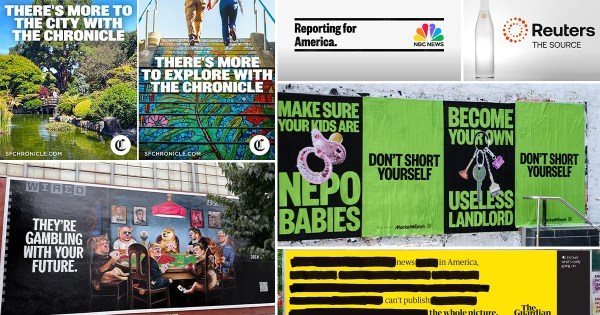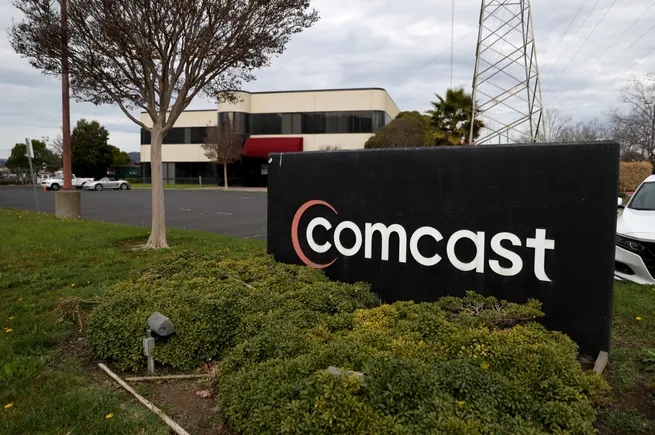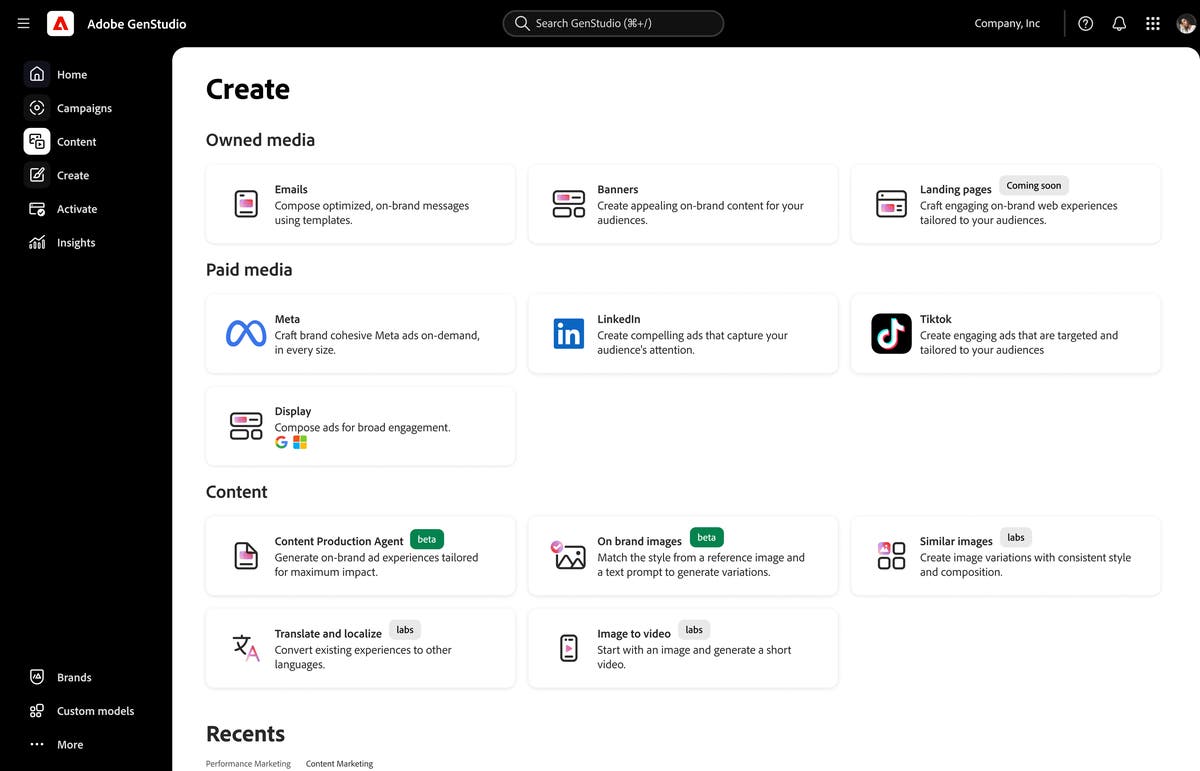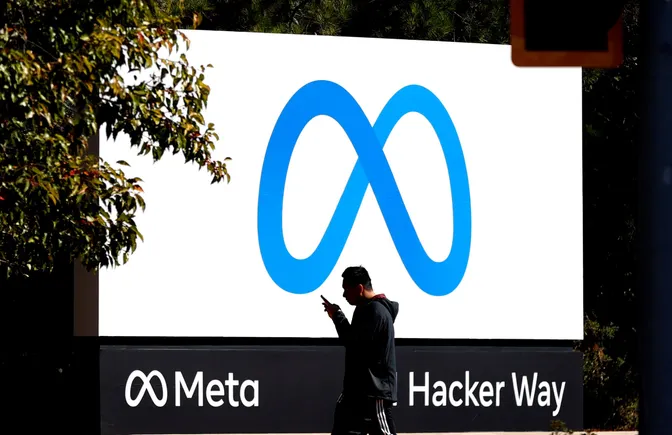Introduction: Rethinking Advertising in CPG
As competition intensifies in the consumer packaged goods (CPG) sector, global food giant Nestlé is doubling down on its marketing investments. Despite recent declines in group sales, Nestlé remains committed to boosting its advertising efforts. CEO Philipp Navratil emphasized a broader strategy that includes enhancements in taste, packaging, and price architecture—extending beyond mere marketing spend.
But does more spending equate to better outcomes? We explore insights from Professor Magda Nenycz-Thiel of the Ehrenberg-Bass Institute for Marketing Science to uncover what truly drives brand growth in the CPG industry.
Advertising Spend: How Much Is Enough?
CPG companies typically allocate 4% to 6% of sales to advertising, though this can vary significantly by brand. Nestlé’s reported advertising spend of approximately 8% of sales is higher than average. However, the impact of this at the brand level remains unclear.
“It’s nearly impossible to gauge the full scope of marketing expenditures,” said Professor Nenycz-Thiel. “Advertising is still a smaller slice compared to trade spending, though the line is blurring with the rise of retail media.”
The key lies not just in how much is spent, but how it is distributed. Factors such as reach, message quality, and media mix all play a vital role in determining marketing effectiveness.
Does More Advertising Equal Better Results?
While increasing marketing budgets might seem like a straightforward way to boost sales, the reality is more nuanced. According to Nenycz-Thiel, “Advertising is a weak force”. Its primary role is to build and refresh memory structures so that brands are top-of-mind when consumers are ready to buy.
“You won’t necessarily see a direct uplift in sales from increased ad spend,” she said. “It’s about improving the likelihood of being chosen when the customer is in a buying situation.”
Instead of expecting immediate results, companies should focus on the long-term benefits of building Mental Availability—the likelihood that a consumer will think of the brand—and aligning it with Physical Availability—how easy the brand is to find and buy.
Strategic Investment: Where and How to Spend
Not all marketing dollars are created equal. Professor Nenycz-Thiel cautions that throwing more money into advertising without a strategic plan can yield little benefit. “We need to ask where to invest, with what portfolio, and how advertising can nudge the behavior of potential buyers,” she explained.
For better results, companies should focus on:
- Wide and continuous media reach
- Creative and relevant messaging
- Strong brand assets
- Right product portfolio and channels
“We can grow anything, but we can’t grow everything,” she emphasized. Prioritization is crucial—especially towards segments that offer scale, profitability, and growth potential.
Avoiding Common Pitfalls in Marketing Strategy
Major firms often fall into the trap of ramping up marketing spend without addressing underlying issues. Professor Nenycz-Thiel suggests starting with a deep-dive analysis to identify what’s dragging performance:
- Is the price too high?
- Are we underperforming in specific channels or demographics?
- Is the brand lacking visibility on shelves?
“If prices are hiked by 25% and sales drop, advertising won’t fix it,” she warned. Instead, evaluate the full pack-price architecture, promotional strategies, and distribution reach before committing more to ad spend.
Turning Around Underperforming Brands
Improving a struggling brand requires more than just increased visibility. It demands a thorough audit of spend effectiveness—how much is going toward working media versus non-working media, who is being reached, and whether creative assets are resonating.
“We need evidence-based media beliefs,” said Nenycz-Thiel. “Natural experiments, like comparing exposed versus non-exposed audiences, can help determine if advertising is actually nudging behavior.”
Moreover, addressing Mental and Physical Availability can reignite consumer interest. Brands must be easy to recall and purchase. Without both, even high-quality products may be overlooked in favor of private labels or more accessible competitors.
What Do Consumers Want from Weaker Brands?
Consumers typically maintain a repertoire of brands. When a brand drops out, it’s not always due to dissatisfaction—it may simply be harder to think of or find. Professor Nenycz-Thiel advises against relying solely on consumer surveys for answers.
“It’s about diagnosing the issue through availability levers, asking the right questions, and setting testable hypotheses,” she said.
Case Study: Snickers’ Comeback
One notable success story is the Snickers brand. After a period of underperformance, Snickers leveraged its distinctive assets—such as its “You’re not you when you’re hungry” campaign—coupled with wide media reach and creative execution to regain market share and grow penetration.
This example underscores the importance of consistency, creativity, and strategic investment in turning around brand performance.
This article is inspired by content from Original Source. It has been rephrased for originality. Images are credited to the original source.








